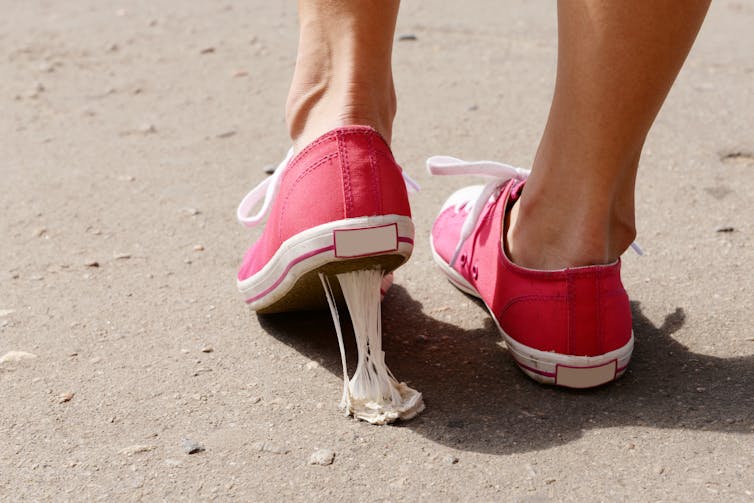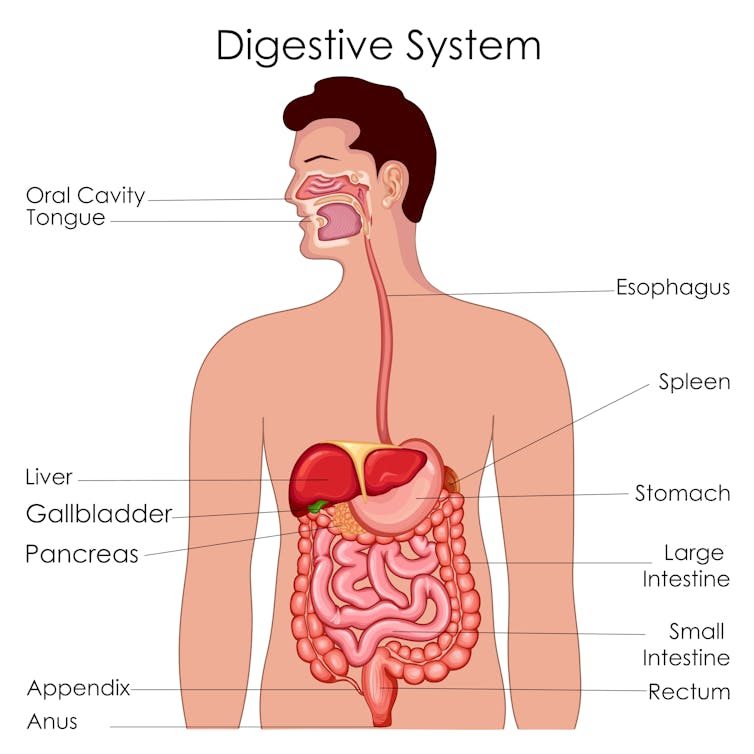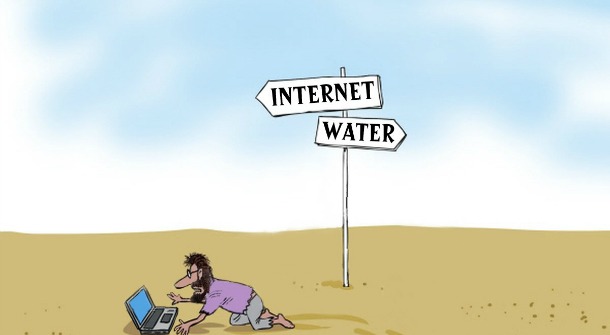
Jerry Zhou, Lecturer, School of Medicine, Western Sydney University
Does chewing gum stay inside you for years? – Olivia, aged 12, Australia.
Great question, Olivia! The short answer is that most gum you swallow ends up in your poo. But if you swallow a lot of chewing gum, it can get stuck and cause problems.
Chewing gum existed 6,000 years ago. Our ancestors chewed gum made from black tar and tree sap. Just like today, people chewed gum to keep their mouth clean and stay alert.
Almost every civilisation chewed gum. The imperial Chinese chewed ginseng root to pass the time, while ancient Greek soldiers chewed tree bark on their march to battle.
Our modern gum is made from a flavoured synthetic rubber-like material, a softer and tastier version of the same stuff we use to make pencil erasers or bicycle tyres.

Shutterstock
A gum’s journey through our digestive system
Your gut is 10 metres of bendy tubes that turns food into energy for your body. This process starts in your mouth, where the teeth chew and grind up food into smaller pieces. The food then drops into the stomach, where acids and chemicals break it down into even smaller pieces. Now it’s ready for your body to absorb and turn into energy.
Anything not used is pushed through your gut (also known as the intestines). Gum cannot be broken into small pieces by chewing or by the chemicals in your stomach.
So the gut pushes and squeezes the chewing gum out as poo a few days after you swallow it. That is where most swallowed gum ends up.

Shutterstock
What if you swallow a lot of gum?
Swallowing a lot of gum can cause it to stick together or stick to food in your gut. If you have ever stepped on a piece of gum before, you know how sticky it is.
In rare cases, this can form a blockage doctors call a “bezoar”. A young Israeli girl had to have a large bezoar surgically removed from her stomach after developing a habit of chewing and swallowing at least five wafers of chewing gum per day.
As long as you mostly spit your chewing gum out and put it in the bin, you will be okay.
This article is republished from The Conversation under a Creative Commons license. Read the original article.













